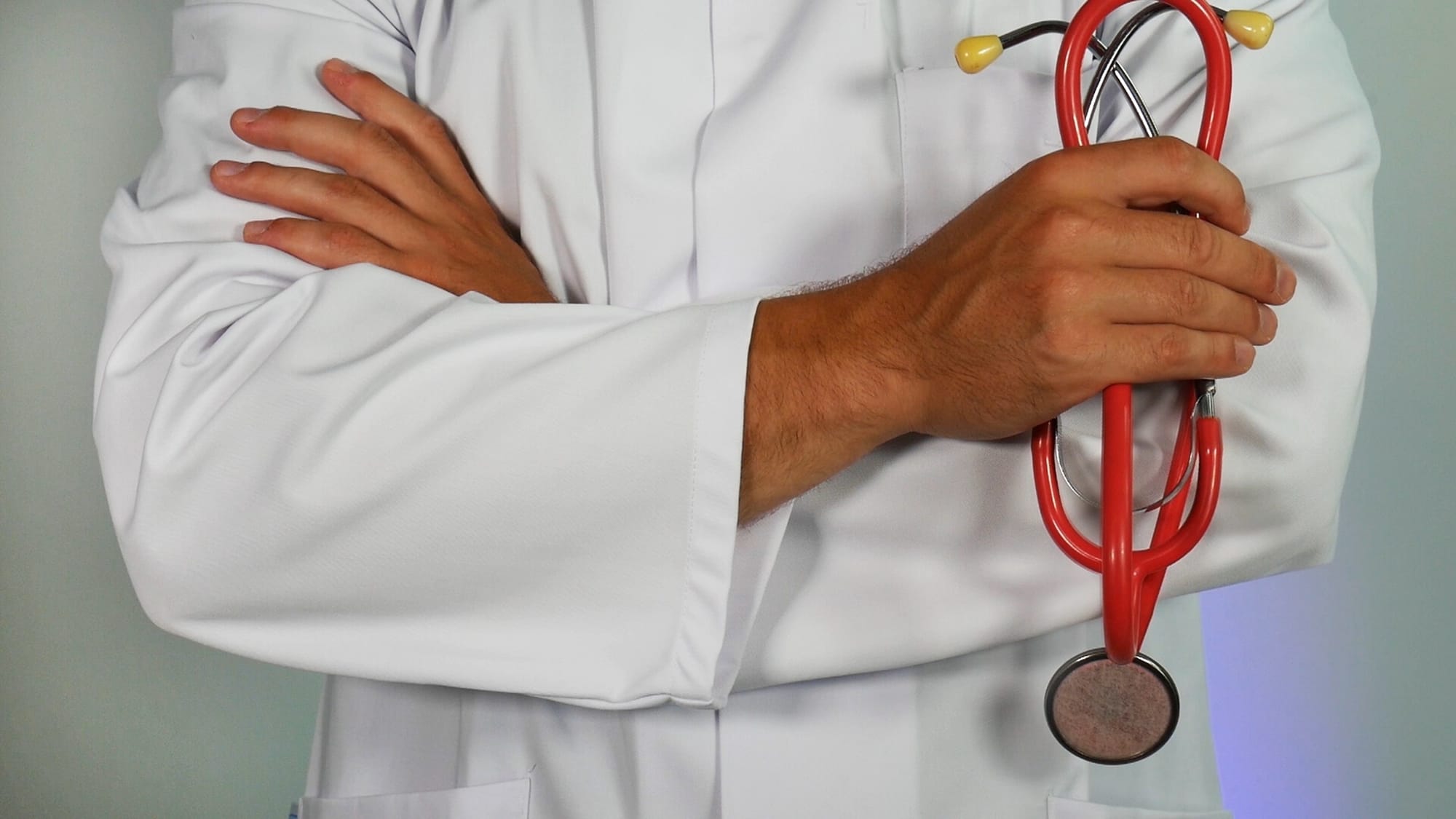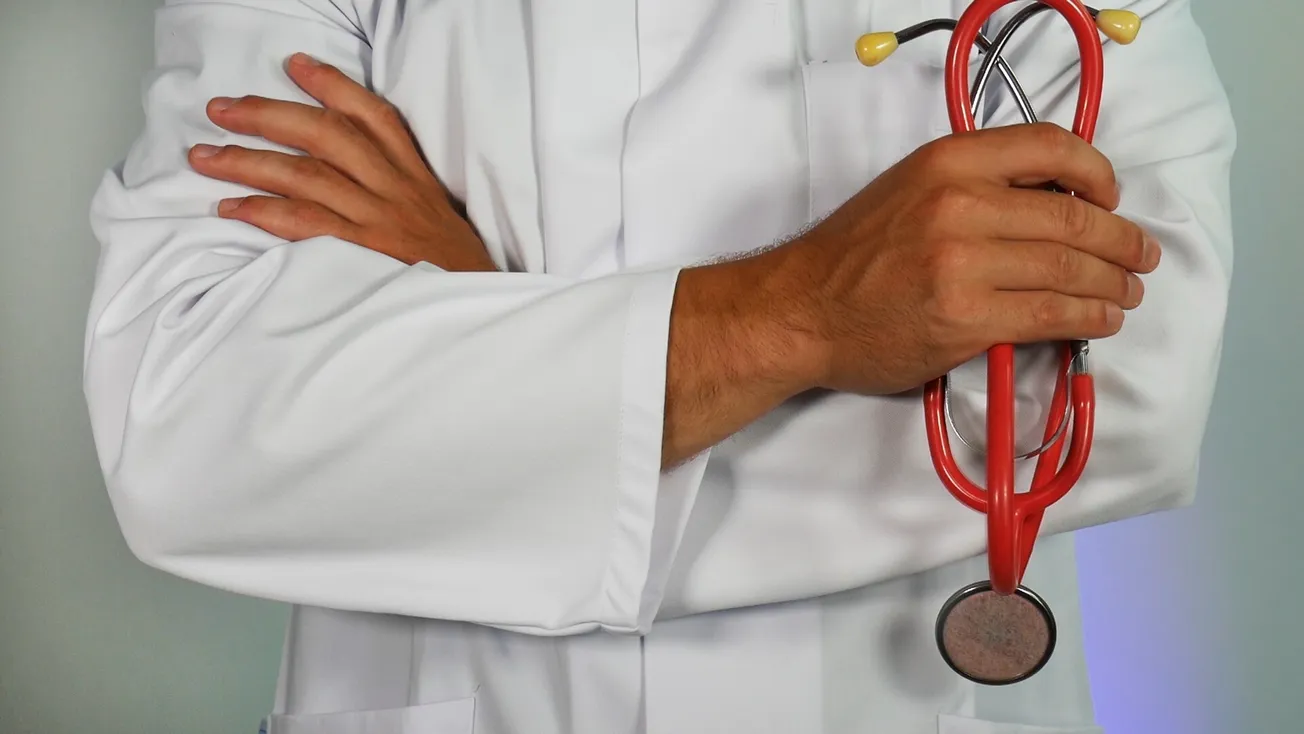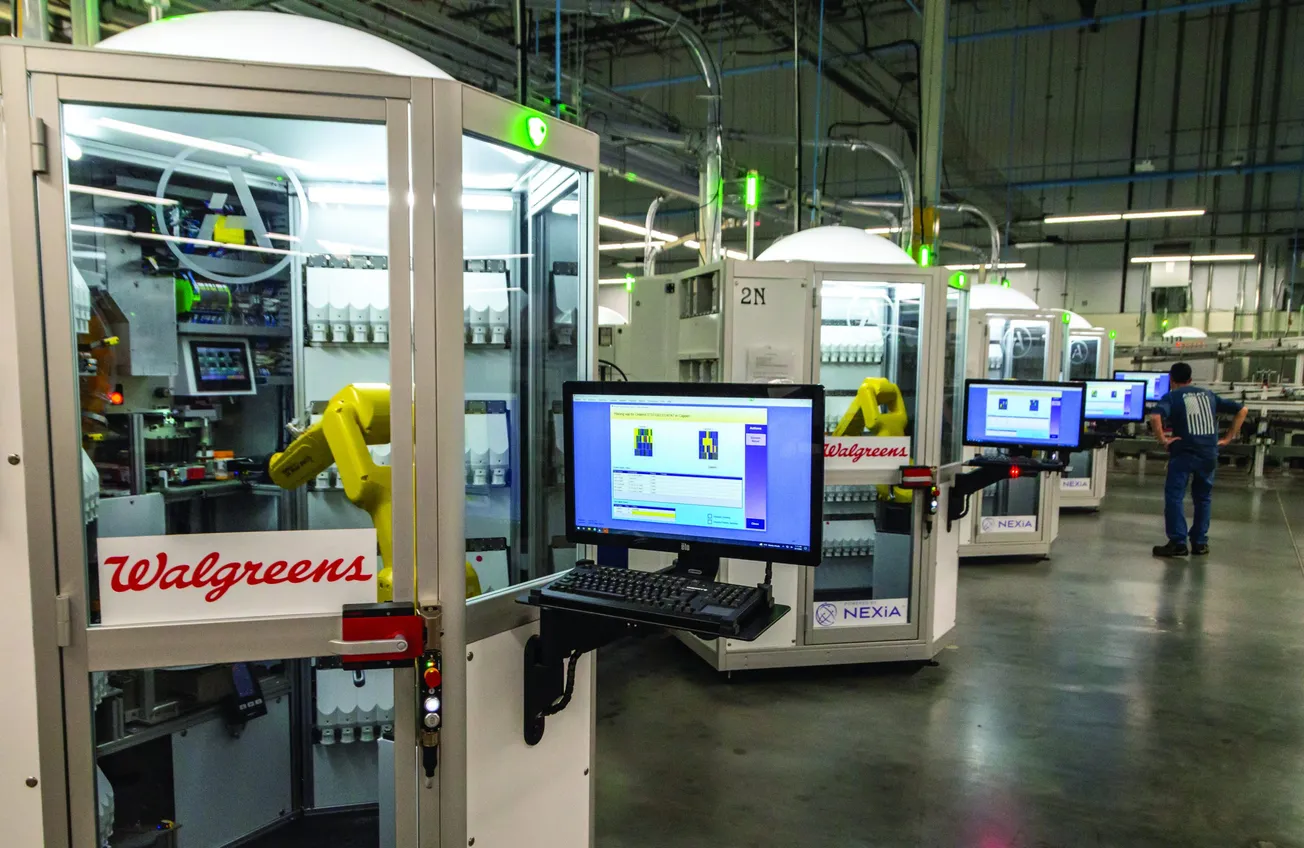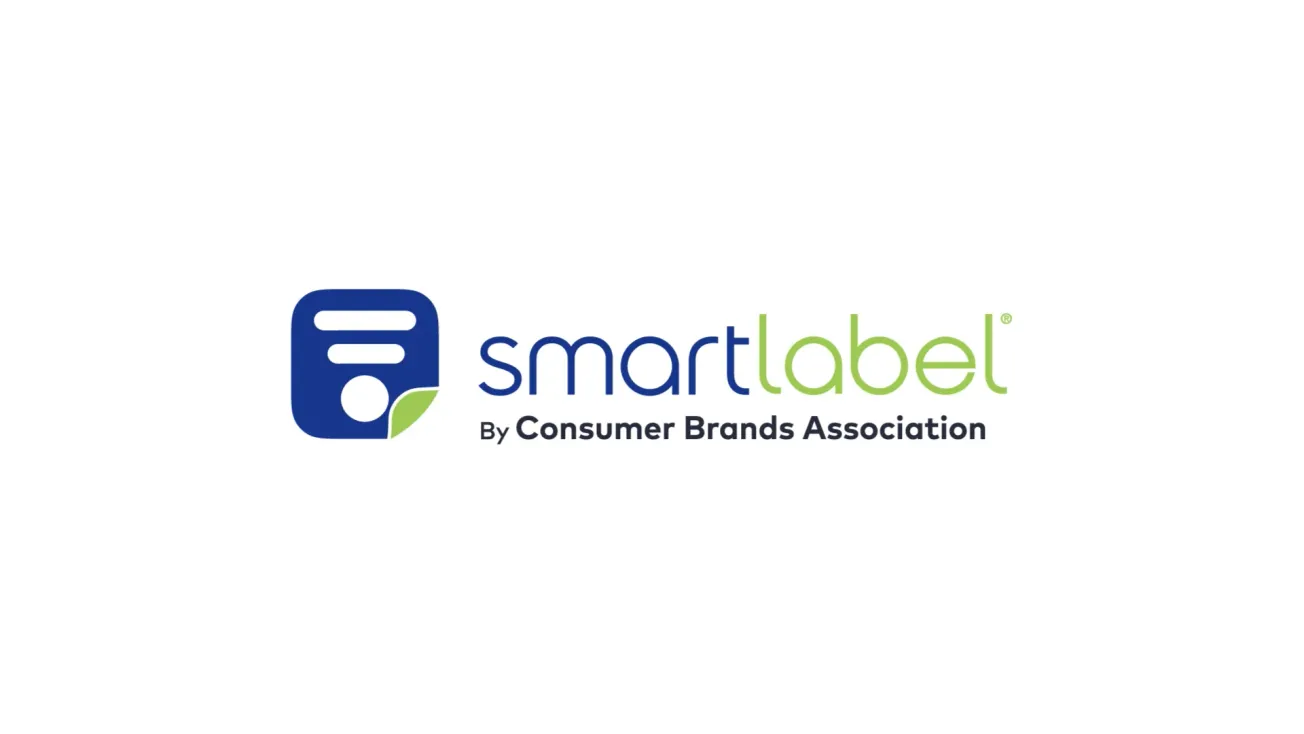PLYMOUTH MEETING, Pa.—One of the nation’s largest nonprofit patient safety organizations has named challenges for patients and caregivers using medical devices at home as the most pressing health technology

safety hazard for 2024. Reflecting industry trends, the list also includes multiple concerns related to artificial intelligence (AI) and data security.The report is compiled by ECRI, a nonprofit patient safety organization and the only such organization in the world to conduct independent medical device evaluations. ECRI follows a rigorous review process to select topics, drawing insight from incident investigations, reporting databases, and independent medical device testing.Evidence shows that more people are receiving medical care at home as the U.S. population ages and the number of adults living with chronic conditions increases. As a result, medical devices such as infusion pumps and ventilators are now being used in the home, sometimes by caregivers and patients who have not been sufficiently trained.Most medical devices are designed for use by health care professionals in a controlled clinical environment and thus may be too complex for laypeople to use safely and effectively, ECRI researchers say.“Severe harm can result from the misuse or malfunction of medical devices in the home,” said Dr. Marcus Schabacker, president and CEO of ECRI. “Patients and caregivers who misinterpret device readings may feel a false sense of security. Errors may go undetected or unreported, making it difficult to identify problematic trends.”ECRI researchers have encountered numerous examples of patient harm from home-use devices. Medication errors can occur when changing infusion pumps. Skin injuries can occur when the electrodes from a cardiac monitor are applied incorrectly. Fatalities can occur if a home ventilator alarm fails to activate or goes unheard, or if the venous needle becomes dislodged during use of a hemodialysis machine.“When a medical device is designed, it’s critical that human factors and the end user be considered,” said Schabacker. “As more patients receive medical care outside hospitals and nursing homes, the reality of modern care settings should influence the design of devices and other supplies we need to keep patients healthy.”In ranked order, ECRI’s Top 10 Health Technology Hazards for 2024 are:1. Usability challenges with medical devices in the home2. Insufficient cleaning instructions for medical devices3. Drug compounding without technology safeguards4. Environmental harm from patient care5. Insufficient governance of AI in medical technologies6. Ransomware as a critical threat to the healthcare sector7. Burns from single-foil electrosurgical electrodes8. Damaged infusion pumps risk medication errors9. Defects in implantable orthopedic products10. Web analytics software and the misuse of patient dataNow in its 17th year, ECRI’s Top 10 Health Technology Hazards report identifies critical healthcare technology issues. Since its creation in 2008, the list has supported hospitals, health systems, ambulatory surgery centers, and manufacturers in mitigating risks.









